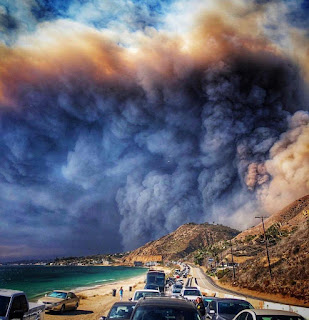The assesssment at the link above was conducted in 2002. It is here not because of it's most recent assessment, but, to simply list the Brazilian states where the Amazon Rainforest lives.
In 2002, this region contributed 5.36 percent to Brazil's GDP.
Today, this regino still produces only a small among of the GDP. Its demographic density is the lowest in Brazil considering all the regions of the country, with only 3.8 inhabitants per km2. Most of the population is centered in urban areas. The overall population of Brazil 209.3 million and the Northern Region has a population of 17.7 million. The reason for such a small population is the climate, it is a rainforest and for most of the region there is either monsoon or nothing but a wet season. The Northern Region of Brazil is not conducive to human exploitation for profit except for whatever the trees have to offer.
The Amazon has the highest number of plant species in the world. Higher than Africa and Asia. There are 75,000 species of trees alone. The diversity of plants and animals is the most dense and diverse in the world. One in five species of birds live in the Amazon rainforest. Currently, with industries looking for more and better ways to solve medical problems there is an estimated 438,000 species of plants of economic and social (tourism) interest. And that does include those not yet studied or classified.
Amapa had the lowest deforestation rate of all the northern states and produces manganese, gold, chrome and kaolin. The other states of the Northern Region produce latex from rubber trees, açaí, woods, nuts, precious stones, cassiterite, tin (metal) and iron.
The idea of completely altering the climate of the Amazon Rainforest is a global issue. That cannot be ignored. If the people of this region want better quality of life, it is possible without damaging the rainforest anymore than it is. If I am not mistaken, some of the native tribes have never been contacted by other human beings. (click here) There is a danger in altering their climate and the habitat that supports their food chain. I hope President Bolsonaro isn't thinking of destroying these tribes. Contact from soldiers or otherwise could cause disease that would kill them. Is that what the new Brazilian President wants? Such change, if it occurs at all, comes over time, not with an invasion of machines.
18 May 2018
By Giovanni Ortolani
 Brazil has no reason (click here) to further deforest the Amazon, as there is plenty of degraded land available for agribusiness growth and profit. This is the positive pragmatic message put forth in “A Pathway to Zero Deforestation in the Amazon,” a report first launched at COP23 in Bonn, Germany, last November, by the Zero Deforestation Working Group (ZDWG), a coalition of NGO analysts from Greenpeace, Instituto Centro de Vida, Imaflora, Imazon, Instituto Socioambiental, Amazon Environmental Research Institute (IPAM), The Nature Conservancy (TNC), and the World Wide Fund for Nature (WWF).
Brazil has no reason (click here) to further deforest the Amazon, as there is plenty of degraded land available for agribusiness growth and profit. This is the positive pragmatic message put forth in “A Pathway to Zero Deforestation in the Amazon,” a report first launched at COP23 in Bonn, Germany, last November, by the Zero Deforestation Working Group (ZDWG), a coalition of NGO analysts from Greenpeace, Instituto Centro de Vida, Imaflora, Imazon, Instituto Socioambiental, Amazon Environmental Research Institute (IPAM), The Nature Conservancy (TNC), and the World Wide Fund for Nature (WWF).The document’s aim is to illustrate workable strategies for eliminating Amazon deforestation in the short term, with environmental, economic and social benefits for all....
...The pathways document stresses an important, often ignored, reality: deforestation’s contribution to the Brazilian economy is negligible. The average area cleared per year between 2007 and 2016 (7,502 square kilometers, or 2,897 square miles) added only about R $453 million (US $141 million) annually in gross value of agricultural production (that’s production volume multiplied by the cost of products). That amount represents only 0.013 percent of the average Brazilian GDP over the 2007-16 period.
So, while Brazilian agribusiness is truly an economic juggernaut, just as the ruralists claim, the actual amount that annual deforestation in the name of agribusiness expansion adds to the economy is miniscule.
Paulo Moutinho, a senior scientist working at the science-based NGO Amazon Environmental Research Institute (IPAM), believes deforestation is no longer necessary for Brazil’s growth. He notes the country has a surplus of 15-20 million hectares (38,610-77,220 square miles) of already deforested and degraded land that is underused or abandoned by agribusiness. “Recovering this area for agriculture, we could expand agricultural production without cutting down a single tree,” Moutinho told Mongabay....














